Once upon a time, when the renowned astronomer Galileo Galilei turned his telescope towards Jupiter in 1610, he witnessed a groundbreaking revelation—a glimpse of four moons orbiting the gas giant. Little did he know that centuries later, our knowledge
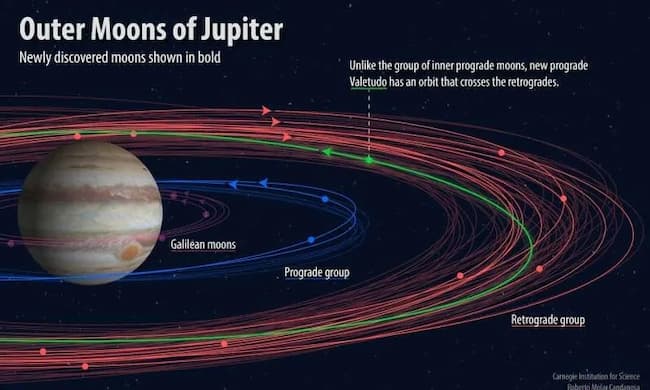
The exciting news of these celestial additions was shared in The International Astronomical Union’s Minor Planet Center’s Electronic Circular. Initially spotted in March 2017 by a team of American astronomers, these discoveries were made during a search for Planet 9, a hypothetical planet located beyond Neptune. As Jupiter passed through their search area, astronomer Scott S. Sheppard and his team from the Carnegie Institution for Science decided to redirect their focus and train the Magellan Telescope at the Las Campanas Observatory in Chile towards the gas giant. The outcome was nothing short of astonishing—an observation of 12 previously unknown moons encircling Jupiter.
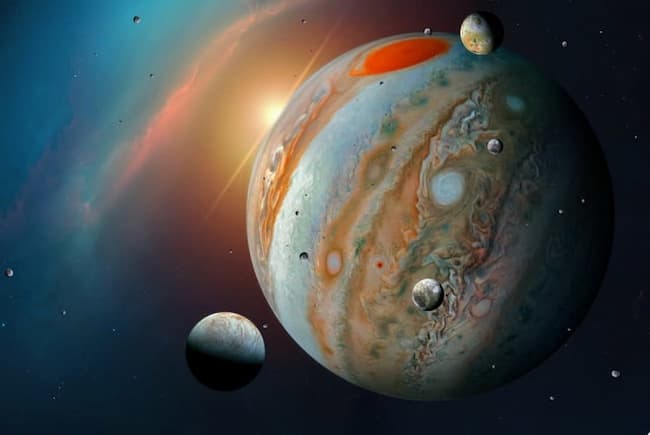
Confirming the existence of these new celestial bodies was a meticulous process that required multiple observations. Gareth Williams, director of the International Astronomer’s Union’s Minor Planet Center, along with his team at the Harvard-Smithsonian Center for Astrophysics, meticulously calculated the orbits of these newly discovered moons. It took a year of careful analysis to confirm their status as satellites orbiting Jupiter.
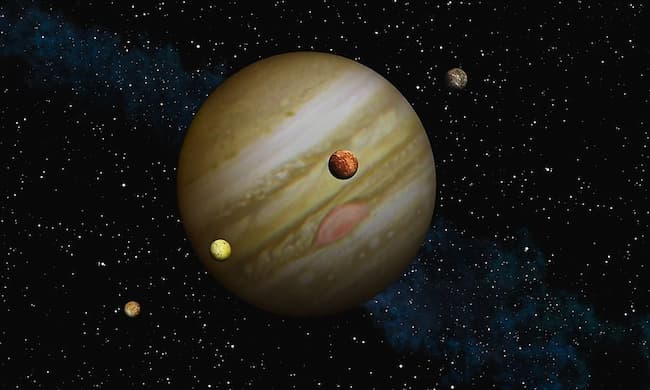
These newfound moons are relatively small, with diameters mostly less than two miles. In comparison, they are a fraction of the size of Jupiter’s four inner Galilean moons, one of which is larger than the planet Mercury itself. Among the 12 moons, nine are clustered in the outer region of Jupiter’s moon swarm, exhibiting retrograde orbits that span approximately two years. These retrograde orbits indicate that these moons move in the opposite direction of Jupiter’s rotation. It is believed that these moons are remnants of larger celestial bodies that shattered during collisions with asteroids, comets, or other moons.
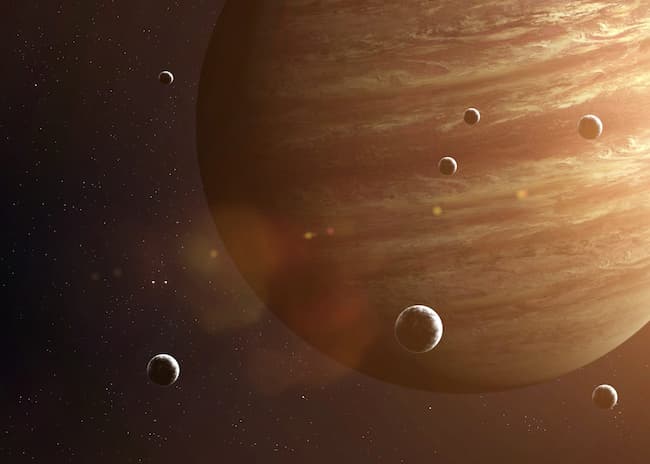
In contrast, two other moons orbit much closer to Jupiter in a group of inner prograde moons, moving in the same direction as Jupiter’s rotation and completing an orbit in about one Earth year. Scientists speculate that these two moons are also remnants of a larger moon that met a violent demise, leaving behind fragments that now accompany Jupiter on its celestial journey.
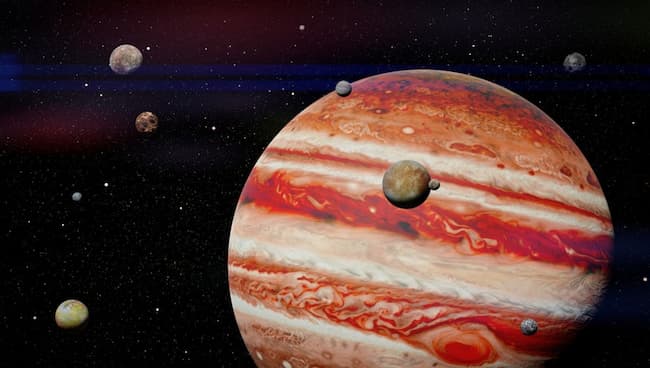
The twelfth moon has already been assigned a proposed name—Valetudo, inspired by the Roman goddess of health and hygiene. Valetudo is an intriguing oddity among its lunar neighbors. Although it possesses a prograde orbit like the other inner moons, it traverses the orbits of the retrograde moons from time to time. This peculiar behavior led astronomer Scott S. Sheppard to compare Valetudo to “driving down the highway on the wrong side of the road.” The chances of head-on collisions between Valetudo and its retrograde neighbors are slim, occurring only once every billion years or so. Nevertheless, if such a collision were to occur, it would generate a detectable impact on Earth.
While the newly discovered moons are yet to receive official names, Sheppard contemplates involving the public in the naming process, although he humorously dismisses the suggestion of “Planet McPlanetFace.” As these lunar wonders continue to unravel the mysteries of Jupiter’s orbit, scientists speculate that there may be more remnants of cosmic collisions hidden in the planet’s vicinity. This raises intriguing questions about the definition of a moon, as well as the possibility that even minuscule dust particles orbiting a planet could be considered as such. While the debate remains open for future generations, our current technological limitations prevent us from imaging individual ring particles or gathering sufficient observations for detailed analysis.
Beyond their role in mapping the solar system, these new moons hold scientific significance. They may represent remnants of the early solar system, preserving ancient materials that provide valuable insights into the composition of the planets we observe today. Jupiter, along with other massive planets like Saturn, Neptune, and Uranus, has acted as a gravitational vacuum, attracting and accumulating most of the rocky debris left from the formation of our solar system. However, these recently discovered moons may offer a glimpse into the primordial ingredients that contributed to the birth of our celestial neighbors.

